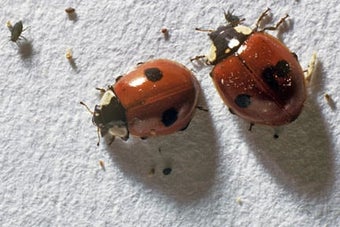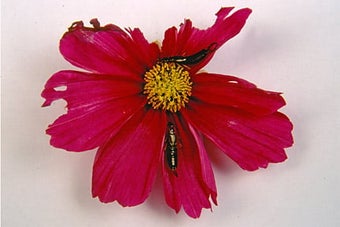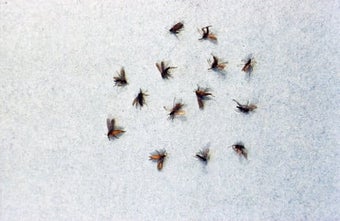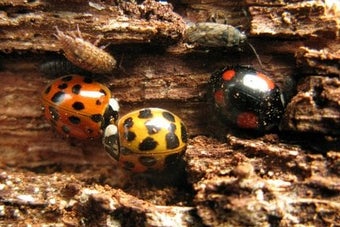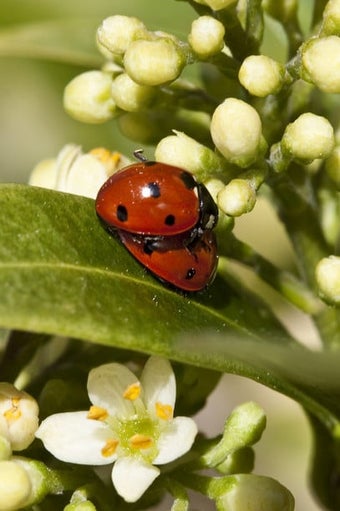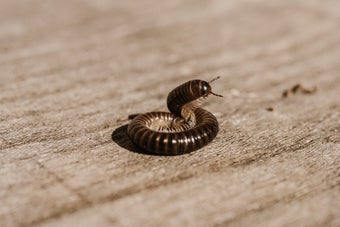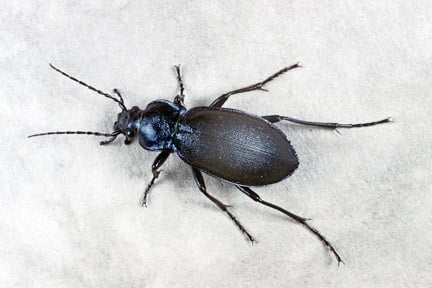
Quick facts
Common names - Ground beetles or carabids and rove beetles or staphylinids
Scientific names - Numerous species (over 1300)
Where found - Mainly on or in the soil
What do they do - Mainly predatory beetles that feed on other invertebrates
Most active - March to October
What are they?
Ground beetles (Carabidae) and rove beetles (Staphylindae) are beetle families which are largely ground dwelling, most are predatory and part of a balanced garden ecosystem. There are about 350 species of ground beetle and over 1000 species of rove beetle in Britain.
These beetles can be encouraged in gardens by providing habitats for wildlife particularly wood piles, heaps and leaving some leaf litter in garden borders.
Rove beetles have elongate bodies with short wing-cases that leave most of the abdominal segments uncovered. They are 2-30 mm long and most are black or brown in colour, but some have red wing-cases and markings. At 20–30 mm the matt black devil’s coach horse (Ocypus olens) is Britain's largest rove beetle and is often found in gardens under logs or pots. A smaller species (3-4 mm), Atheta coriaria, is sometimes supplied as a biological control agent for fungus gnat larvae, glasshouse red spider mite and aphids in glasshouses.
Find out more about rove beetles from UK beetles
Ground beetles are 2-25 mm long, many are black but some are brown, green or blue, often with a metallic sheen. Most feed at ground level, but some will climb plants to feed on aphids and small caterpillars. One species often found in gardens, the violet ground beetle (Carabus violaceus), has metallic-purple edges to the wing-cases and thorax. Being one of the bigger carabids, 20-25 mm long, it will feed on some of the larger garden invertebrates, including slugs, leatherjackets, cutworms and other caterpillars. Its long legs and powerful jaws mark it out as an active predator.
Found out more about ground beetles from UK beetles

Biology
Ground beetles and rove beetles typically:
- Lay eggs in the soil or in accumulations of organic matter
- Have larvae which are elongate, relatively soft-bodied and have three pairs of legs near the head end
- The head, thorax and usually some of the abdominal segments of larvae are often brown or black but the underside is creamy white
- The larvae generally remain in the soil or leaf litter, where they feed on other invertebrates and their eggs
- As adult beetles, especially ground beetles, they are much more active and may be seen running over the soil surface







